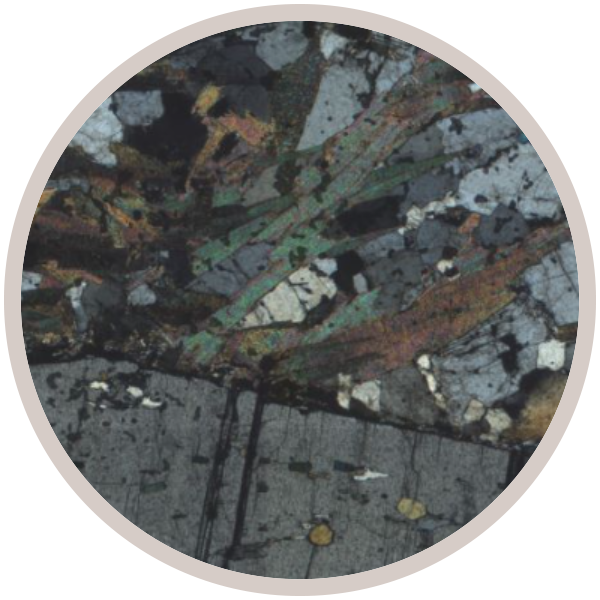CORN009
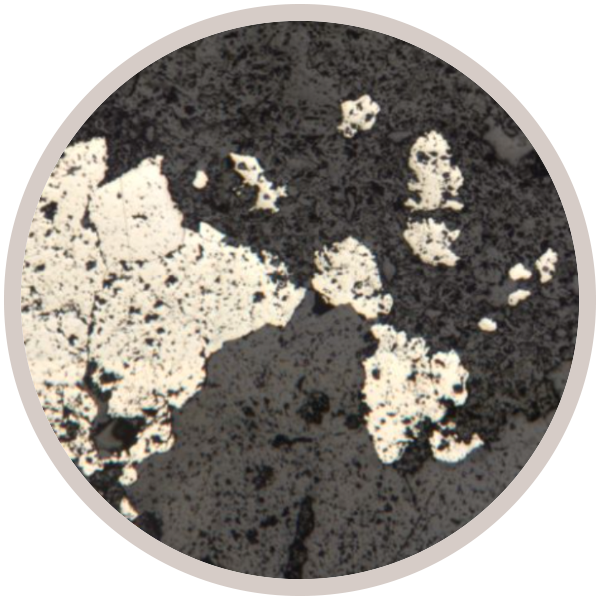

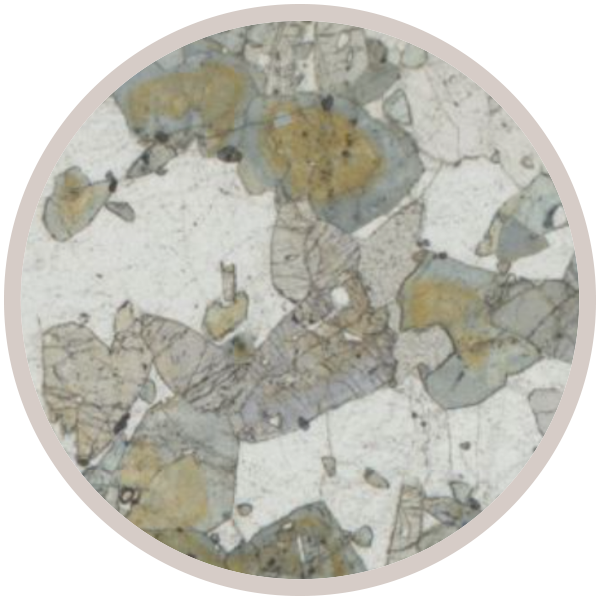
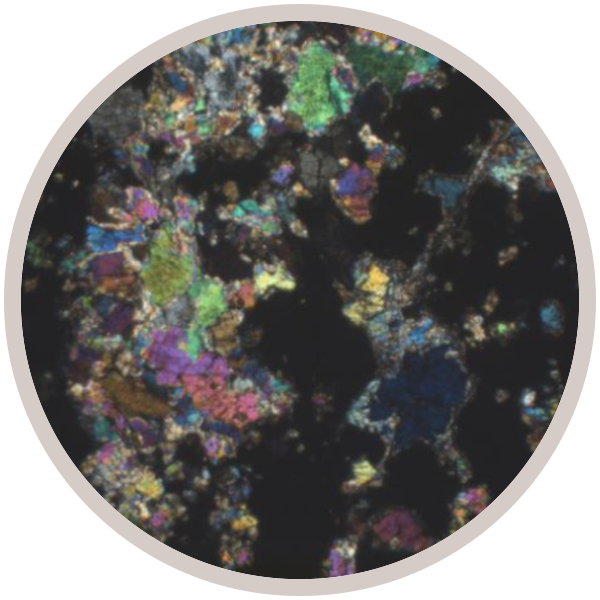
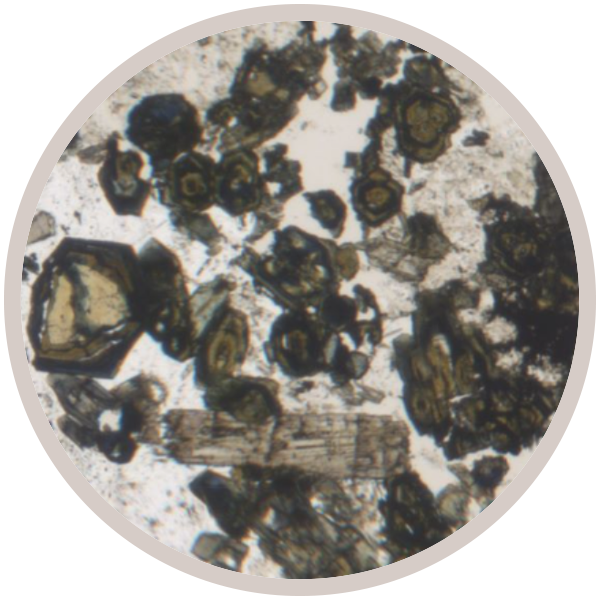
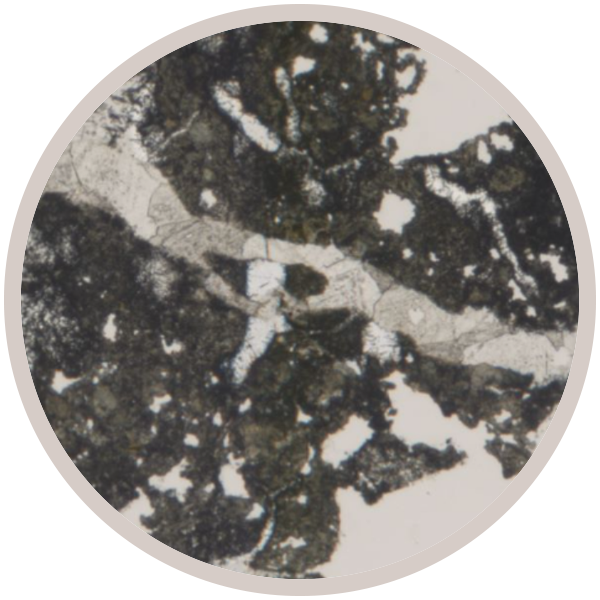
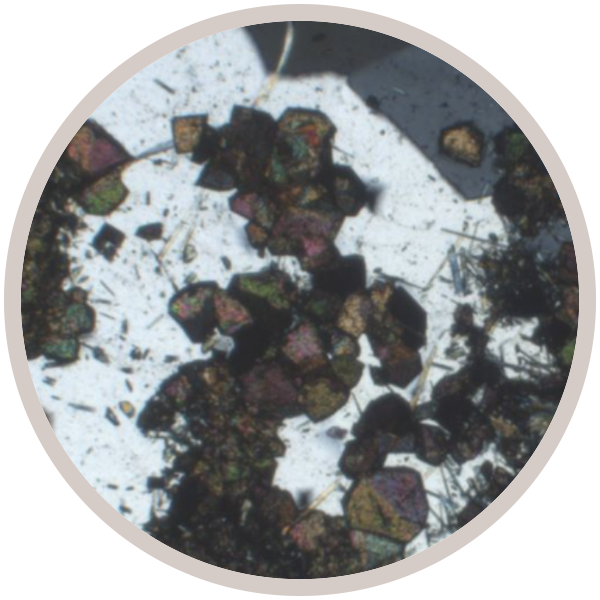
Following the meteor that blazed a trail across southern England on the evening of Sunday, 28th February, UK researchers have recovered fragments of meteorite from Winchcombe and the surrounding area. Dr Richard Greenwood, a meteorite researcher at the Open University, was first on the scene to verify one piece of the meteorite that smashed into a resident’s driveway.
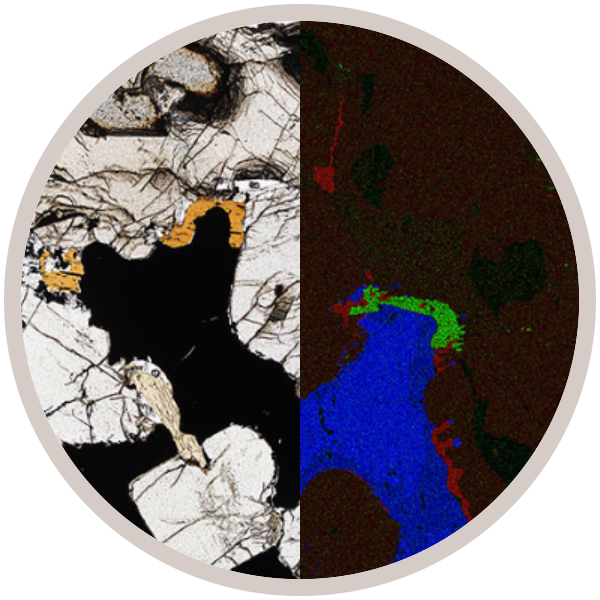
This sample (0016IV) is a feldspathic pyroxenite from the Merensky Reef, a chromitite-sulphide mineralised portion of the ca. 2 Ga old Bushveld Complex, South Africa.
The microscope image includes high-spatial resolution elemental maps collected using a field-emission-gun scanning-electron microscopes (FEG-SEM) equipped with large area energy-dispersive X-ray (EDX) detectors at the iCRAG SEM laboratory, Trinity College Dublin.
In this case, three elements are displayed on one x-ray map by assigning each element to one of the R,G,B channels of the colour image.
This sample was funded by Prof. Balz Kamber's MetalIntelligence EU training network grant.
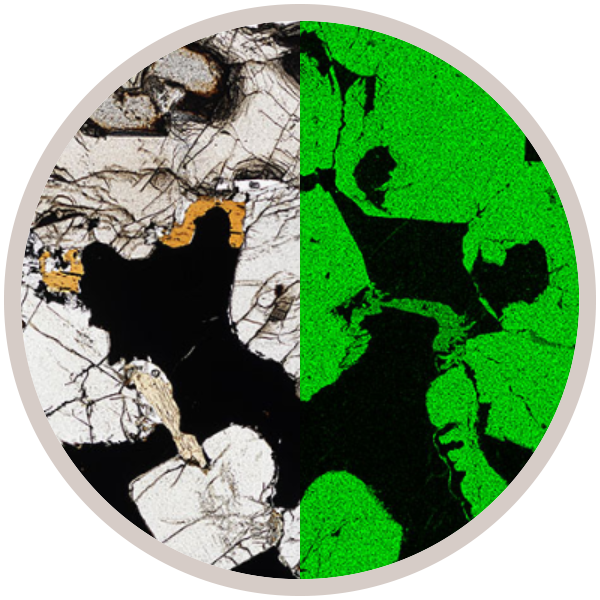
This sample (0016IV) is a feldspathic pyroxenite from the Merensky Reef, a chromitite-sulphide mineralised portion of the ca. 2 Ga old Bushveld Complex, South Africa.
The microscope image includes high-spatial resolution elemental maps collected using a field-emission-gun scanning-electron microscopes (FEG-SEM) equipped with large area energy-dispersive X-ray (EDX) detectors at the iCRAG SEM laboratory, Trinity College Dublin.
This sample was funded by Prof. Balz Kamber's MetalIntelligence EU training network grant.
